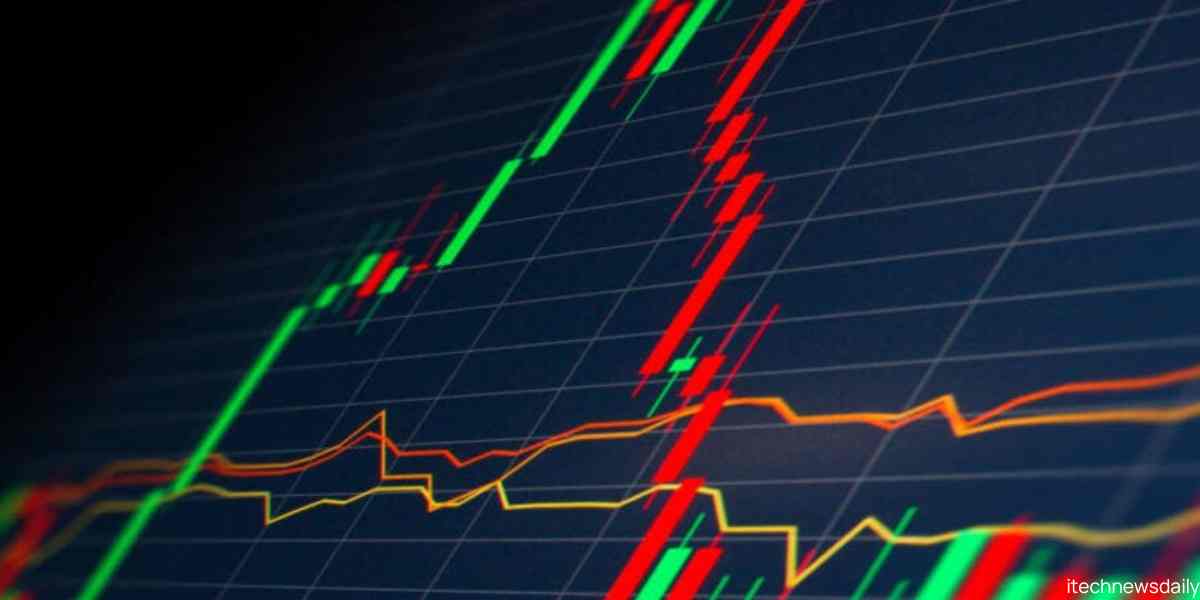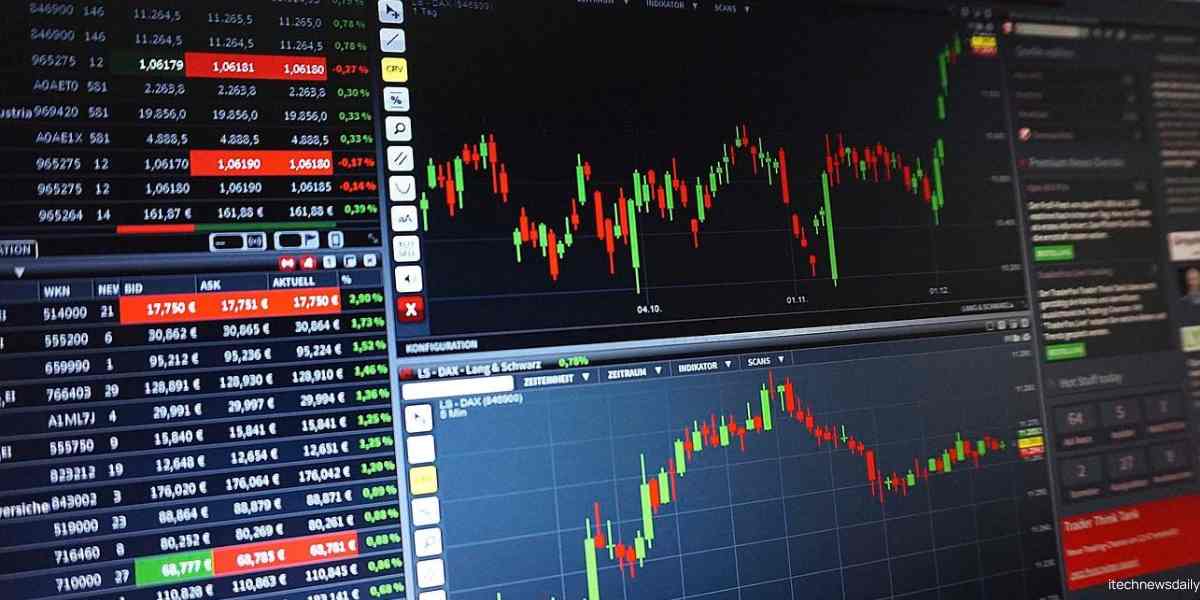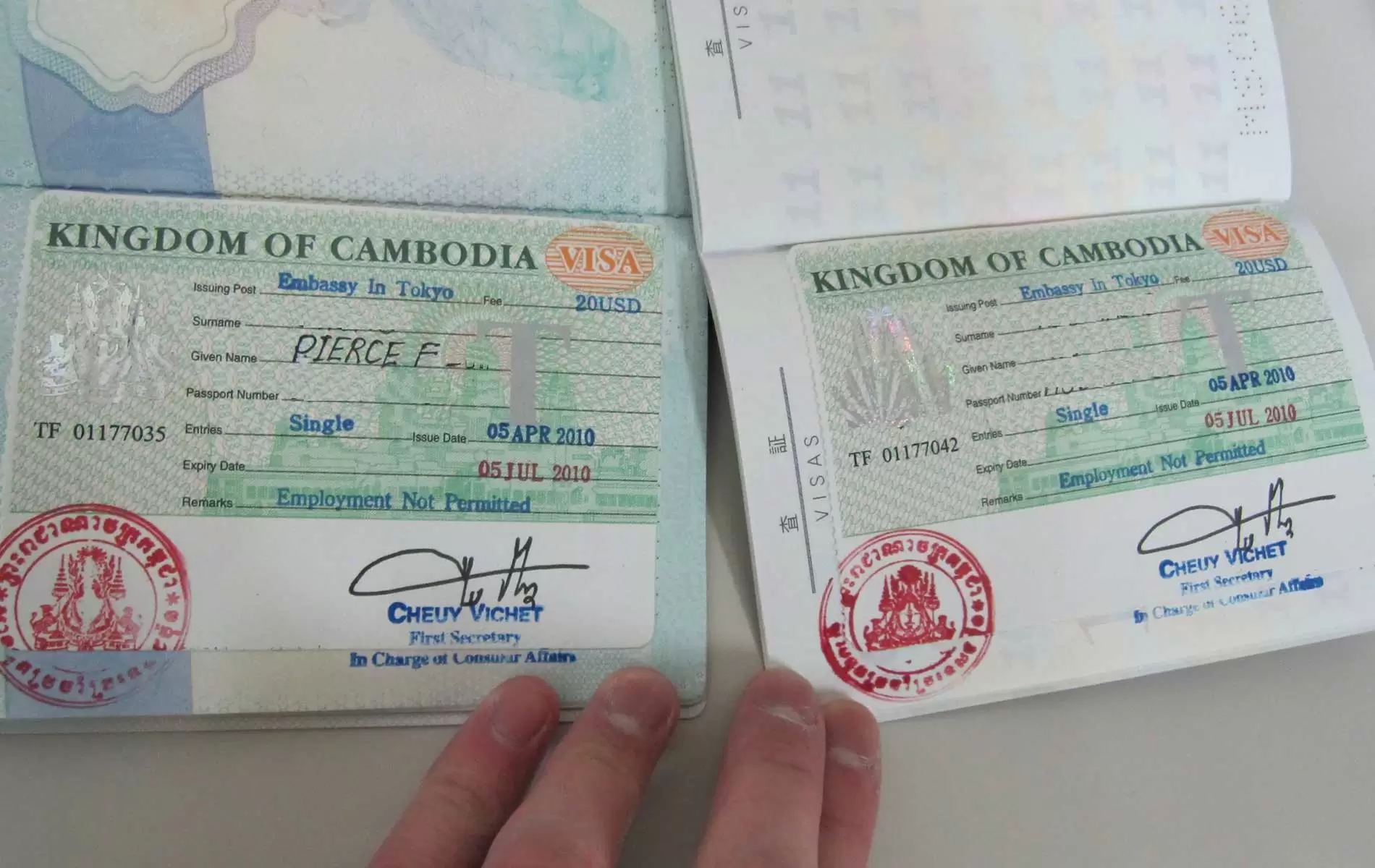
Introduction to Forex Trading
Forex trading, also known as foreign exchange trading or currency trading, is the decentralized global market where all the world’s currencies trade. The forex market is the largest and most liquid financial market in the world, with an average daily trading volume exceeding $6 trillion. Unlike traditional stock markets, forex trading operates 24 hours a day, five days a week, across different time zones.
In forex trading, investors speculate on the fluctuations in exchange rates between different currencies. The goal is to profit from these price movements by buying low and selling high or selling high and buying low. While forex trading offers tremendous opportunities for profit, it also carries significant risks. To succeed in forex trading, one must have a solid understanding of the market, a robust trading strategy, and the discipline to stick to it.
This comprehensive guide will provide you with everything you need to know to master forex trading, including an overview of the forex market, the basics of currency trading, key factors influencing exchange rates, popular trading strategies, risk management techniques, and tips for success.
Understanding the Forex Market
The forex market is a global network of banks, financial institutions, corporations, governments, and individual traders, all involved in the buying and selling of currencies. Unlike centralized stock exchanges, the forex market operates electronically over-the-counter (OTC), meaning that trades are conducted directly between participants through computer networks.
Major participants in the forex market include:
- Commercial banks: Banks play a crucial role in the forex market by facilitating currency transactions for their clients and engaging in speculative trading to profit from exchange rate movements.
- Central banks: Central banks influence exchange rates through monetary policy decisions, such as interest rate adjustments and currency interventions.
- Hedge funds and investment firms: Institutional investors engage in forex trading to diversify their portfolios and generate returns.
- Corporations: Multinational corporations trade currencies to hedge against foreign exchange risk associated with international business operations.
- Retail traders: Individual investors, often referred to as retail traders, participate in the forex market through online brokerage platforms.
The forex market operates 24 hours a day, five days a week, starting from the opening of the Asian session in Tokyo on Monday morning and closing with the New York session on Friday afternoon. This continuous trading activity allows traders to respond to news events and economic developments in real-time, contributing to the market’s high liquidity and volatility.
Currency Pairs and Exchange Rates
In forex trading, currencies are traded in pairs, where one currency is exchanged for another. Each currency pair consists of a base currency and a quote currency, and the exchange rate indicates how much of the quote currency is required to purchase one unit of the base currency.
For example, in the EUR/USD currency pair, the euro (EUR) is the base currency, and the US dollar (USD) is the quote currency. If the exchange rate for EUR/USD is 1.2000, it means that 1 euro is equivalent to 1.2000 US dollars. Similarly, if the exchange rate for USD/JPY is 110.50, it means that 1 US dollar is equivalent to 110.50 Japanese yen.
The forex market is divided into major, minor, and exotic currency pairs based on their liquidity and trading volume. Major currency pairs, such as EUR/USD, USD/JPY, and GBP/USD, are the most actively traded pairs and have tight spreads. Minor currency pairs, also known as cross-currency pairs, do not include the US dollar and have slightly wider spreads. Exotic currency pairs involve currencies from emerging or smaller economies and tend to have lower liquidity and higher spreads.
Factors Influencing Exchange Rates
Exchange rates in the forex market are influenced by a variety of factors, including:
- Economic indicators: Key economic indicators such as gross domestic product (GDP), inflation, employment data, and trade balances can impact currency values by signaling the health and outlook of an economy.
- Central bank policies: Monetary policy decisions, such as interest rate changes and quantitative easing programs, implemented by central banks influence currency values by affecting interest rate differentials and investor sentiment.
- Political stability and geopolitical events: Political instability, elections, geopolitical tensions, and government policies can create uncertainty in the forex market and lead to currency fluctuations.
- Market sentiment: Trader sentiment and market expectations play a significant role in driving short-term price movements in the forex market, as investors react to news events and economic data releases.
- Speculative trading: Speculators engage in forex trading to profit from short-term price movements, which can amplify volatility and impact exchange rates.
Developing a Forex Trading Strategy
Successful forex trading requires a well-defined trading strategy that incorporates analysis, risk management, and discipline. Here are some popular forex trading strategies:
- Technical analysis: Technical traders use price charts and technical indicators to analyze past price movements and identify potential trends and trading opportunities. Common technical indicators include moving averages, oscillators, and trend lines.
- Fundamental analysis: Fundamental traders analyze economic data, central bank policies, and geopolitical events to assess the intrinsic value of currencies and make trading decisions based on long-term trends.
- Sentiment analysis: Sentiment traders gauge market sentiment and investor psychology through sentiment indicators, such as the Commitments of Traders (COT) report and sentiment surveys, to identify potential market reversals and contrarian trading opportunities.
- News trading: News traders capitalize on market-moving news events and economic data releases by entering trades before or immediately after the news announcement, aiming to profit from the resulting price volatility.
- Scalping and day trading: Scalpers and day traders execute short-term trades within minutes or hours, aiming to capture small price movements and accumulate profits throughout the trading day.
Risk Management in Forex Trading
Effective risk management is essential for preserving capital and achieving long-term success in forex trading. Here are some risk management techniques to consider:
- Position sizing: Determine the appropriate position size for each trade based on your account size, risk tolerance, and trading strategy. Avoid risking more than 1-2% of your trading capital on any single trade to limit potential losses.
- Stop-loss orders: Use stop-loss orders to automatically exit losing trades at predefined price levels to limit downside risk. Place stop-loss orders based on technical levels, such as support and resistance zones, to protect your positions from adverse price movements.
- Diversification: Diversify your trading portfolio by trading multiple currency pairs and employing different trading strategies to reduce concentration risk and mitigate the impact of adverse market conditions.
- Risk-reward ratio: Maintain a favorable risk-reward ratio by targeting trades with a potential reward that outweighs the risk involved. Aim for a minimum risk-reward ratio of 1:2 or higher to ensure that profitable trades offset losses.
- Emotional discipline: Control your emotions and avoid making impulsive trading decisions based on fear or greed. Stick to your trading plan and follow your risk management rules consistently, even during periods of market volatility.
Tips for Success in Forex Trading
To succeed in forex trading, consider the following tips:
- Continuously educate yourself: Stay updated on market developments, trading strategies, and risk management techniques by reading books, attending webinars, and following reputable financial news sources.
- Practice patience and discipline: Avoid chasing after quick profits or overtrading, as impulsive decisions can lead to losses. Be patient and wait for high-probability trading opportunities that align with your trading plan.
- Keep a trading journal: Maintain a detailed trading journal to track your trades, analyze your performance, and identify areas for improvement. Review your trading journal regularly to learn from your successes and mistakes.
- Manage your expectations: Realize that forex trading is not a get-rich-quick scheme and requires time, effort, and dedication to achieve consistent profitability. Set realistic goals and focus on continuous improvement rather than seeking overnight success.
- Seek mentorship and community support: Surround yourself with experienced traders, join online forums and communities, and consider seeking mentorship from successful traders to accelerate your learning curve and stay motivated.
Conclusion
Forex trading offers tremendous opportunities for profit and financial independence, but it also involves inherent risks and challenges. By understanding the dynamics of the forex market, developing a robust trading strategy, practicing effective risk management, and maintaining discipline, you can increase your chances of success as a forex trader. Remember to continuously educate yourself, manage your emotions, and stay committed to your trading goals to achieve long-term profitability in the dynamic world of forex trading.











